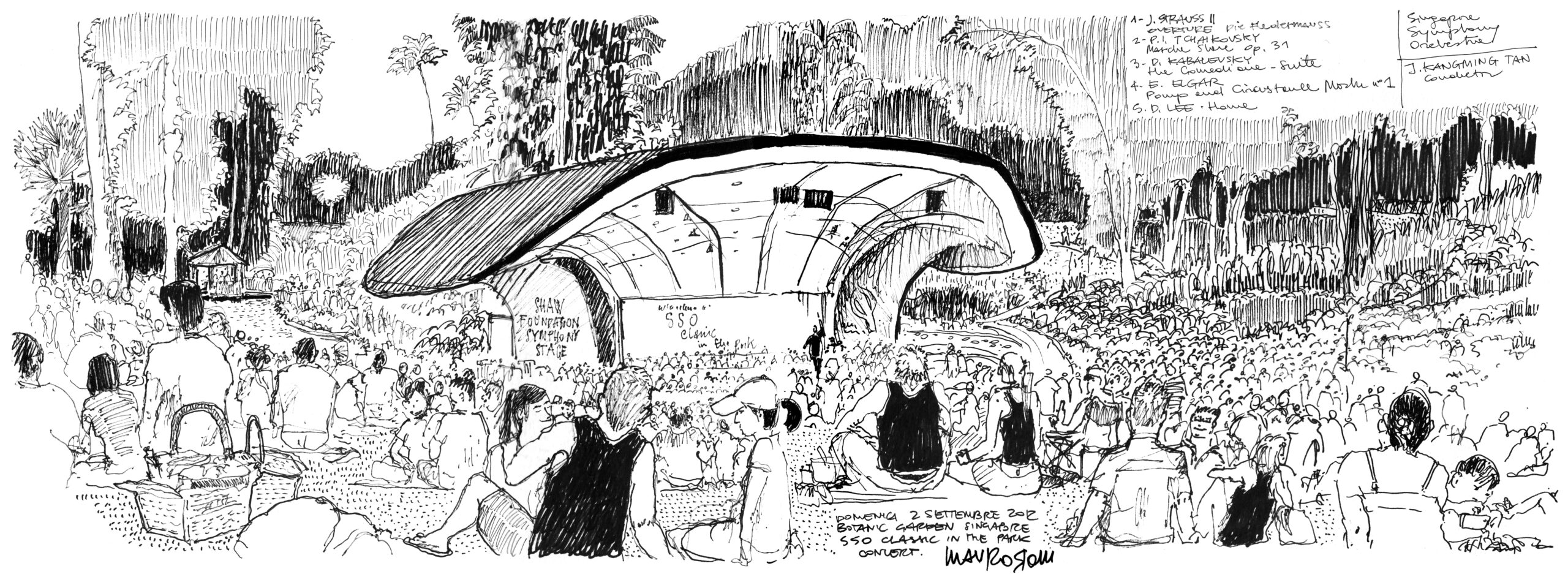Music occupies a surprisingly vital role in shaping my architectural philosophy. It acts as a catalyst for my creative process, allowing my mind to conjure innovative and striking solutions to complex design challenges. The emotional resonance of music is a fountain of inspiration, guiding me in ways that are not always linear or straightforward. It helps establish the atmosphere in which I work, enhancing both focus and creativity.
As I engage in the intricate task of design, I immerse myself in various genres of music, purposefully selecting different styles to evoke specific feelings that I aim to incorporate into my architectural creations. The profound relationship between music and architecture lies in their shared ability to ignite emotions and communicate meaning through the nuances of structure and form. Both disciplines serve as vessels for a deeper human experience, merging function with emotional expression.
1. Interpretation of Scores and Plans
The complexity of reading a musical score parallels the task of deciphering architectural plans. Just as a musician must grasp the intricacies of rhythm, notation, and dynamics, architects must navigate a visual language filled with symbols, measurements, and spatial relationships. This understanding requires not only technical skill but also familiarity with the nuances of each field.
Similarly, visualization plays a crucial role in both realms. When musicians engage with a score, they transcend mere notation to imagine the rich tapestry of sound that will unfurl. Architects, likewise, must cultivate the ability to envision the spaces and experiences their designs will generate. This act of imagining something that is yet to be realized is a fundamental aspect of the creative process shared by both disciplines.
2. Emotional Expression
The profound capacity of music to evoke intense emotions is mirrored in architecture, where forms, materials, and spatial arrangements can similarly stir feelings within occupants. A musical composition might convey a spectrum of emotions—be it joy, sorrow, or tension—just as a well-designed building can elicit analogous responses through its aesthetic and functional attributes.
Creating an atmosphere is paramount in both music and architecture. The ambiance of a space can be likened to the mood captured within a piece of music. Architects can manipulate light, texture, and scale meticulously to craft an experience that resonates deeply with its users, much like how a musician sets the tone and atmosphere through melody and harmony.
3. Rhythm and Harmony
In architecture, rhythm manifests through the deliberate incorporation of patterns, repetitions, and sequences, echoing the cadence found in musical compositions. The arrangement of architectural elements creates a visual rhythm that guides a viewer’s experience and interaction with the space, establishing a sense of flow and movement.
Harmony in design finds its parallel in music through the aesthetically pleasing convergence of different elements. Just as musicians combine various notes to create harmonious melodies, architects achieve balance by thoughtfully integrating diverse design components—such as materials, colors, and proportions—to forge a cohesive and unified whole.
4. Spatial Dynamics
Movement and fluidity are inherent qualities in both music and architecture. In musical compositions, melodies often exhibit a sense of ascension and descension, creating a dynamic auditory journey. In the realm of architecture, the successful orchestration of space can foster a natural flow, guiding individuals through a building in an intuitive manner that feels effortless and organic.
Furthermore, architectural spaces can be constructed to evoke a sense of anticipation or surprise, much like the climactic moments found in musical crescendos. By designing spatial dynamics that lead users through various experiences, the architect enhances the overall quality of interaction and engagement with the space.
5. The Alchemy of Design
The alchemical nature of both music and architecture embodies a kind of magic—transforming abstract ideas into tangible realities. This creative transformation, whether in the form of a musical piece or a physical structure, requires a delicate blend of creativity, intuition, and technical skill. This process is what allows both art forms to resonate deeply with audiences and users alike.
As emphasized, design transcends mere scientific analysis; it is an intricate balance of logic and emotion. Architects must navigate the technical requirements of their work while considering the emotional impact that their designs will have on individuals. This equilibrium is akin to a musician balancing technical proficiency with heartfelt expression in their performance.
Conclusion
The parallels between music and architecture illuminate the artistry inherent in both fields. Each discipline offers a profound means of personal expression and emotional connection that surpasses functional objectives. As you delve deeper into the nuanced relationship between these two areas, it becomes evident that architects have the capacity to craft spaces that resonate with both logical precision and a sense of wonder, creating environments that enrich human experience and foster connection.
cover image: sketching at Botanic Garden Classic Concert in the park, Singapore.

